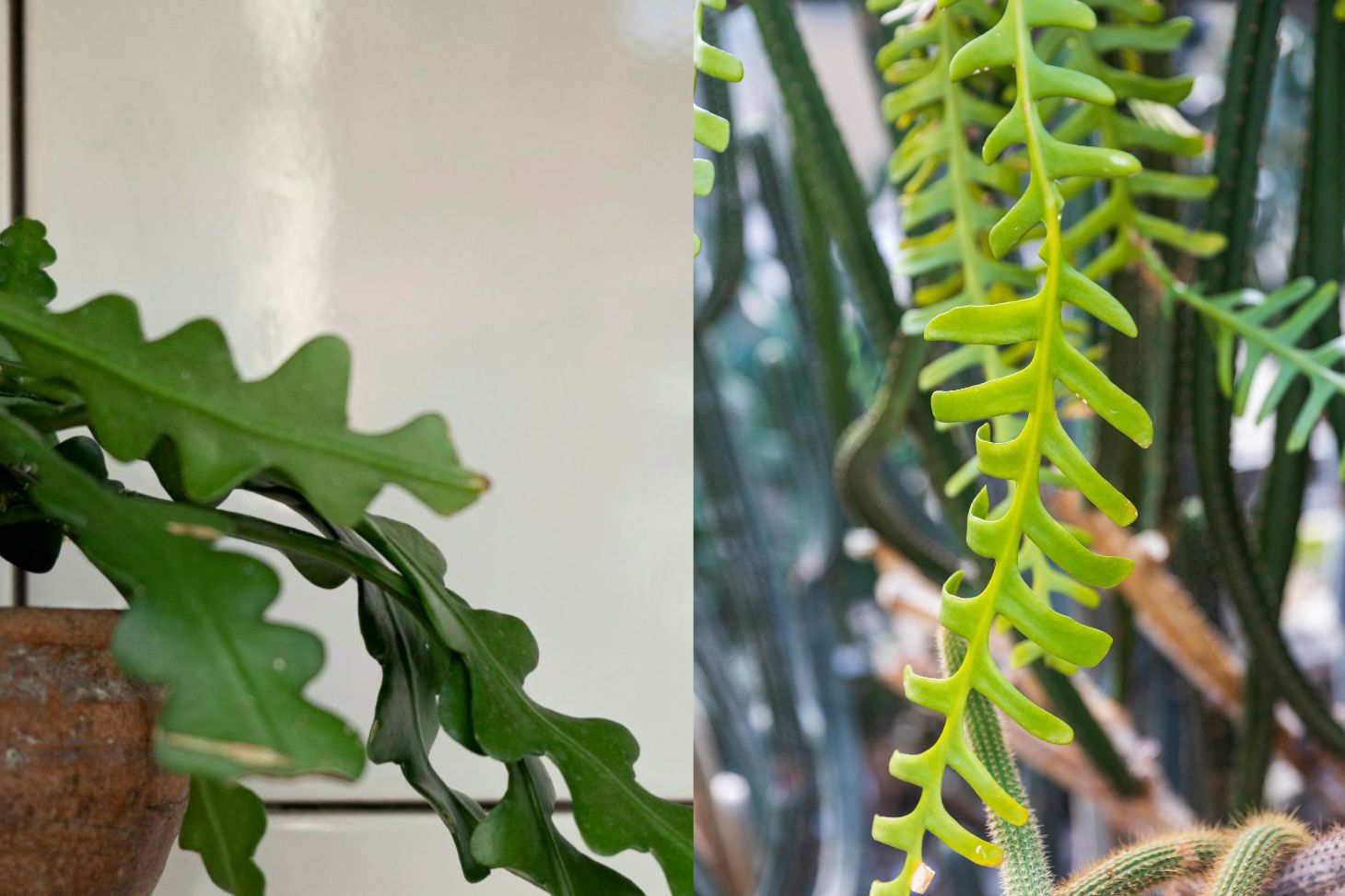Disocactus anguliger vs. Selenicereus anthonyanus
If you love collecting unique houseplants, you might have seen Disocactus anguliger and Selenicereus anthonyanus. These two cacti look similar at first because of their zigzag stems, but they have some clear differences that help you tell them apart. The easiest way to tell them apart is by looking at the shape of their stem lobes: Disocactus anguliger has wavy, rounded lobes, while Selenicereus anthonyanus has longer, more tooth-like lobes.
You might also notice differences in their flowers and fruit, but most people spot the difference in the stems first. Learning these traits will help you choose the right plant for your collection or care for them properly.
Understanding the differences between these two plants can save you a lot of guesswork and help you keep your plants healthy and thriving. If you want to know exactly how to tell them apart and why it matters, keep reading.
Botanical Comparison of Disocactus Anguliger and Selenicereus Anthonyanus
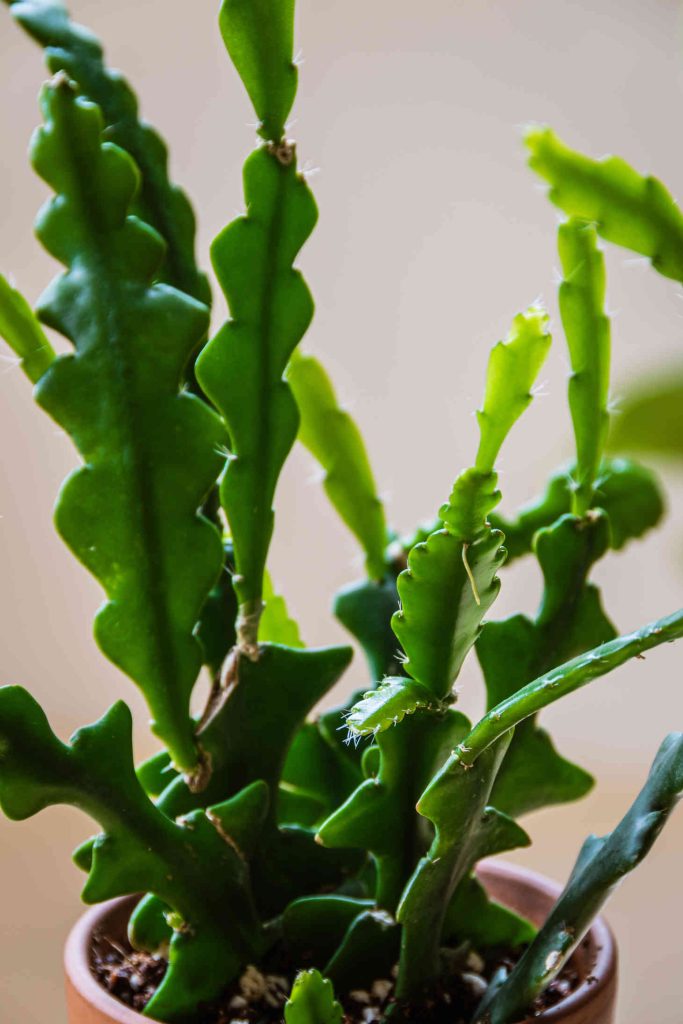
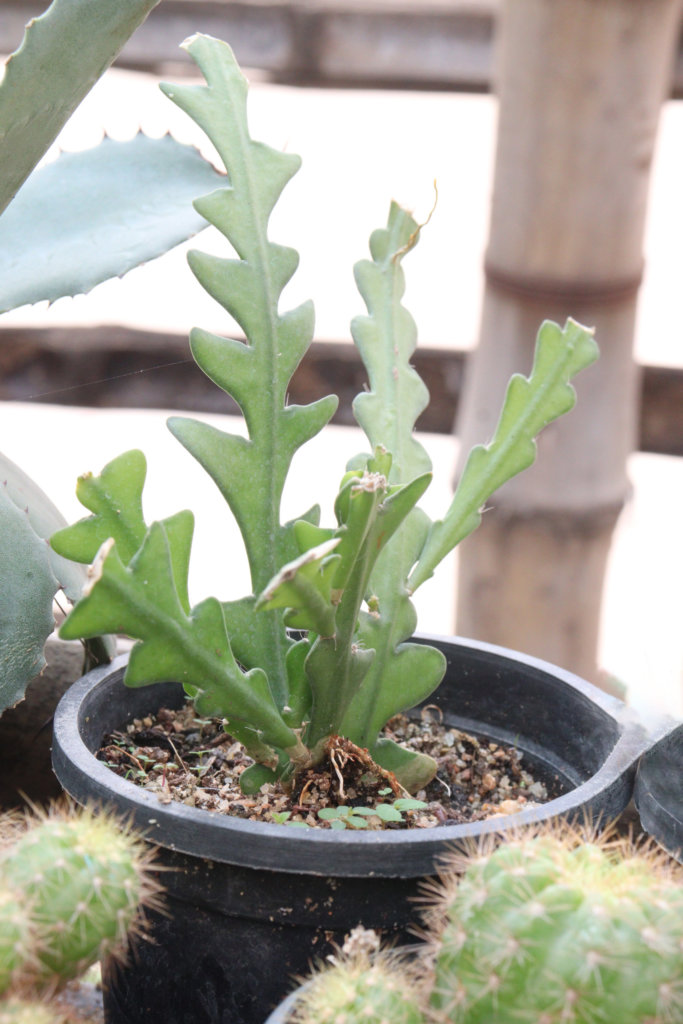
Both Disocactus anguliger and Selenicereus anthonyanus are tropical cacti prized for their unusual stems and eye-catching flowers. While these plants are sometimes confused, they are quite different in their classification, native habitats, and appearance.
Taxonomy and Classification
Disocactus anguliger belongs to the Disocactus genus and was once grouped as Epiphyllum anguliger. It is commonly referred to as the fishbone cactus or zigzag cactus.
Selenicereus anthonyanus was previously called Cryptocereus anthonyanus. Today, it sits in the genus Selenicereus. This plant is often called the ric rac cactus. Both are members of the cactus family (Cactaceae), but they are not closely related to classic desert cacti, such as Rhipsalis houlletiana or Disocactus macranthus.
Taxonomists have reclassified these plants over time, sometimes grouping them with Epiphyllum (orchid cactus) due to their epiphytic nature. However, they each hold their own distinct spot in cactus classification today.
Origins and Native Habitats
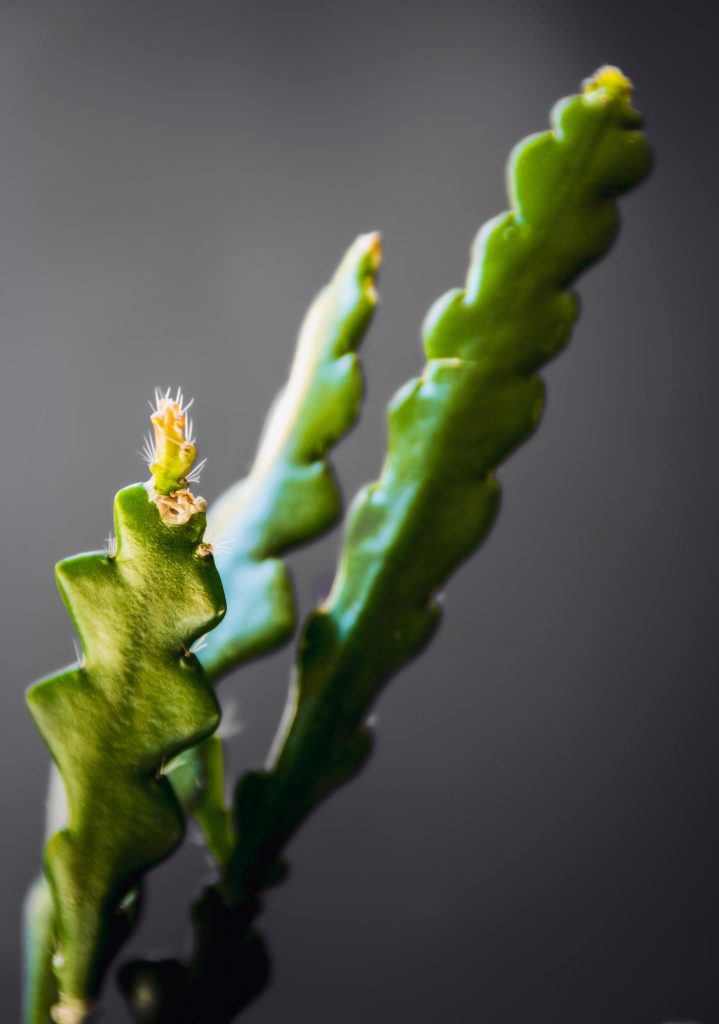
Disocactus anguliger is native to Mexico, especially in regions with humid forests. You will find it growing as an epiphyte, which means it grows on trees rather than in soil.
Selenicereus anthonyanus is also native to Mexico but is found mainly in lowland rainforests of Chiapas and nearby areas. Like D. anguliger, it is epiphytic, living high on tree branches where humidity is high.
Both plants thrive in similar environments, shady, moist forests with filtered sunlight. They are adapted to receive nutrients and moisture from the air and debris trapped around tree branches rather than from the ground.
Morphological Differences
Disocactus anguliger has stems with deep, rounded lobes, giving it a wave-like or “fishbone” look. The edges are smooth and undulating, and the stems are dark green.
Selenicereus anthonyanus has stems with more pointed, tooth-like lobes. The notches are deeper, making the plant look like a jagged saw blade or ric rac ribbon. Often, the stems are slightly thicker compared to D. anguliger.
Both plants produce large, fragrant flowers. D. anguliger’s blooms are white to yellowish and open at night. S. anthonyanus has white to pale yellow flowers that are also nocturnal. The differences in flowers and stem shape are the easiest ways for you to tell these cacti apart.
Growth Habits and Care Requirements
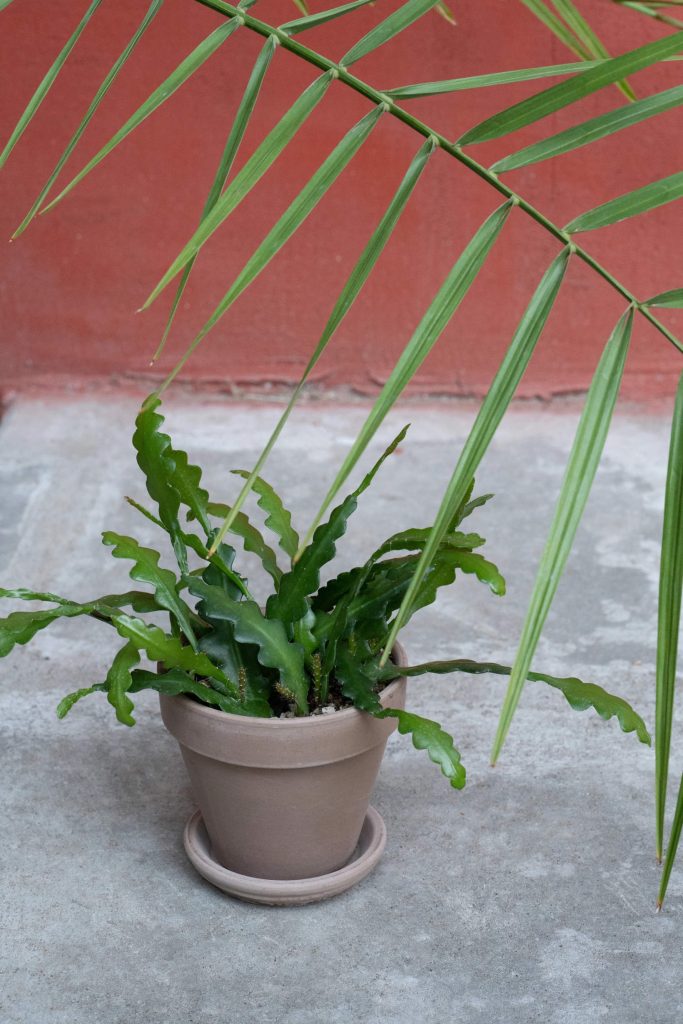
Disocactus anguliger (fishbone cactus) and Selenicereus anthonyanus are tropical cactus plants that need different care from desert types. Both grow best as epiphytes and can thrive indoors with the right care, producing unique flowers that bloom at night.
Light, Water, and Soil Preferences
Both species need bright, indirect light. Direct sun can burn their leaves. A spot near an east or north-facing window works well. If light is too low, the stems may become thin and pale.
Use a well-draining soil mix, like one for epiphyllums or orchids. You can add bark or perlite to improve drainage. Avoid heavy, compacted soil as it will cause root rot.
Water these plants when the top inch of the soil is dry. Both dislike being soggy but do not tolerate drought well. Reduce watering in winter. Overwatering can lead to root rot, especially in cool conditions.
Flowering and Bloom Cycles
Fishbone cactus (Disocactus anguliger) and Selenicereus anthonyanus produce showy, fragrant blooms that often open at night.
For the best chance at blooms, keep the plant in a spot where night temperatures drop slightly. Provide enough humidity and consistent watering during the growing season. Flowers appear mostly in late spring to early summer, but bloom time may shift based on your indoor climate.
Common Pests and Diseases
Common pests include mealybugs, spider mites, and scale. These insects hide in stem crevices and can cause stunted growth or yellowing leaves. Check your plant regularly, especially if kept indoors or in a garden with other houseplants.
Root rot is the most common disease, caused by poor drainage or overwatering. Stems may turn mushy or black at the base. Remove affected areas and repot in fresh soil if you notice these signs.
Fungal issues can also appear in high humidity. Provide good airflow, and avoid letting water sit on the leaves. If pests persist, use insecticidal soap or neem oil. For disease, adjust care conditions and remove any damaged tissue.
Uses and Appeal in Horticulture
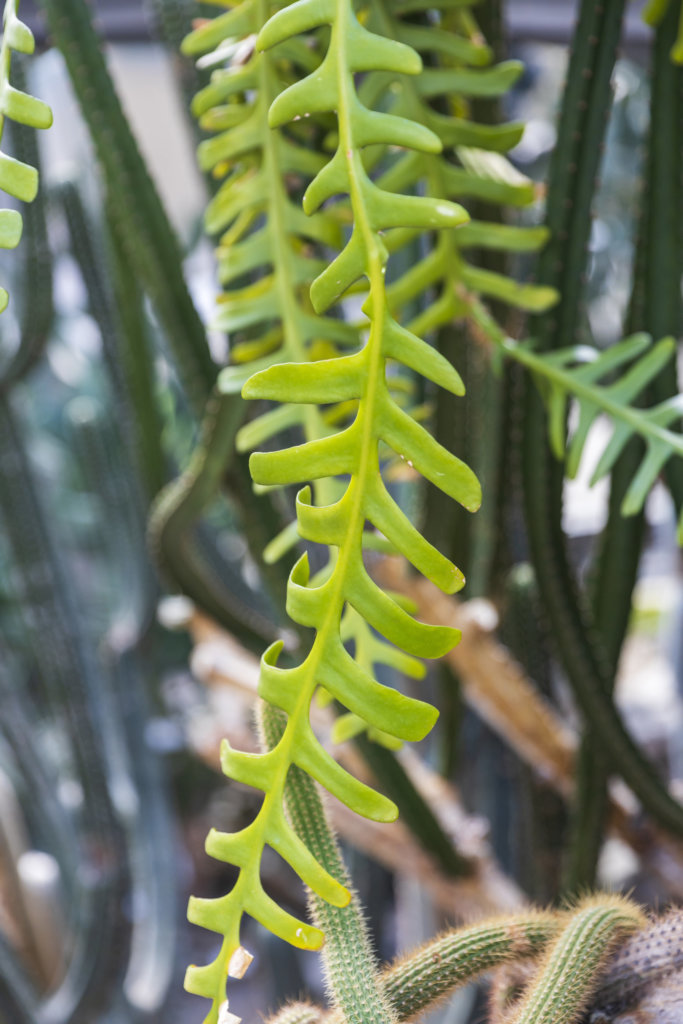
These two cacti are prized for both their dramatic leaf shapes and their night-blooming flowers. Their ability to thrive indoors means they are popular with plant enthusiasts and home decorators alike.
Indoor and Outdoor Applications
You can grow both Disocactus anguliger and Selenicereus anthonyanus as striking houseplants due to their unique, zigzag stems. These cacti prefer bright, indirect light indoors, making them suitable for living rooms or offices with large windows.
Outdoors, they do well in mild, frost-free climates, often thriving in shaded patios or hanging baskets. Their trailing growth adds texture and interest to vertical gardening. Both species can be kept in containers or mounted on trees in subtropical areas for a natural look.

